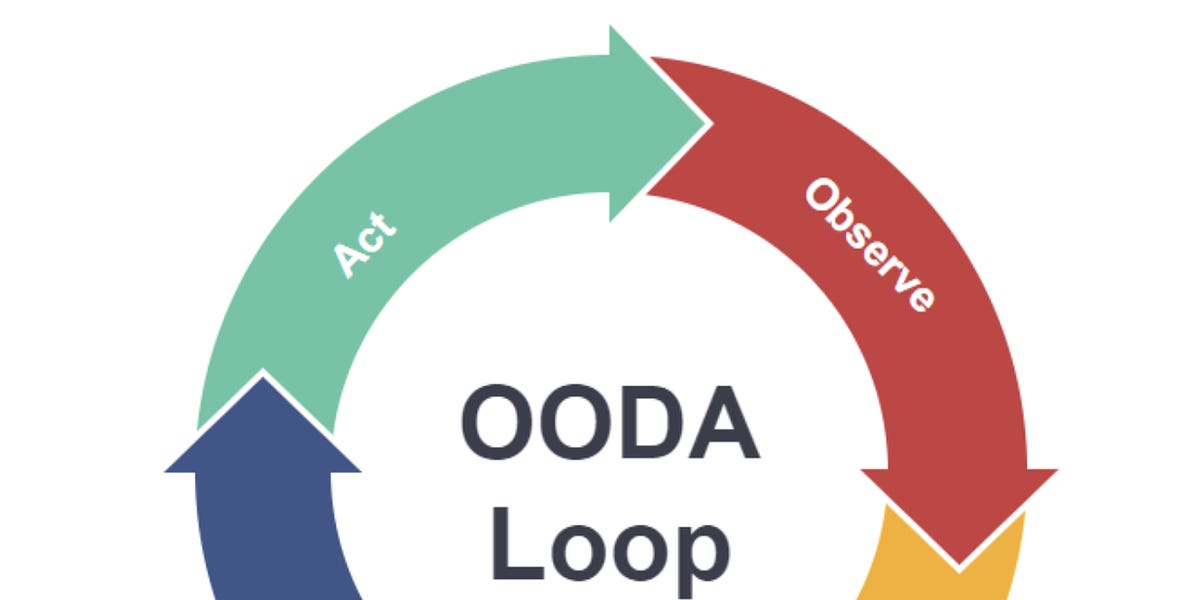- Signposted
- Posts
- Signposted #11
Signposted #11
Featuring Modern RPG Skill Progression, Signposting, & the Best of Game Design

Currently spartan kicking Duergars into lava in Baldur’s Gate 3.
Hey Designer,
Welcome to issue #11 of Signposted!
A brief announcement before we get started: since there was interest in the book club, I’m starting a discord to get the wheels rolling. The discord is currently in beta, but if you’d like to help me test it (and get some behind the scenes into the newsletter) you can join in here:
In this issue we’ll be discussing modern RPG Skill progression AND defining the design concept of signposting.
In the best of series, we’ve got some fantastic pieces:
Geoff Engelstein discusses creating game AI which learns from player interactions
Jason De Heras takes a look at early to mid game enemies
The Design Doc is analyzing poison mechanics across the years
Tim Cain discusses his approach to analyzing games
Masahiro Sakurai shares his view on how to find play and fun in games
AIAS has an interview with the Director of Sea of Stars, Thierry Boulanger
In this issue’s poll I’m asking what you think about the new format of the Bi-Weekly Analysis.
If you enjoy Signposted please be sure to share it so more people can enjoy this content! 😁
Thanks and let’s get into it!
Bi-Weekly Analysis
This issue is our first issue with the new format for the Bi-Weekly Analysis.
First we’ll be starting off discussing progression and skills in modern RPGs while using Pokemon, Diablo 4, and Starfield as examples.
Later we’ll briefly cover the game design concept: signposting.
After each there is a quick breakdown of the most important points for anyone in a rush.
Modern RPGs and Skill Progression
Quick Takeaway:
The Pokemon games have the most straightforward leveling to move relationship.
A pokemon gains XP for participating in a battle where the opponent faints.
As the pokemon reaches certain levels, it is offered a chance to learn a new move.
Things are a little different in Diablo 4.
A player battles and completes quests to gain XP.
As the player levels up, they unlock skill points.
They can then spend those skill points on skills.
This gives the players agency via letting them pick which skill they think is appropriate for their build.

Players can pump more points into each skill to make them as powerful as possible.
Once a skill node has one skill point added to it, the next skill within the branch will be available for unlocking.
The player can only select from a single cluster of skills initially, and, once they have spent enough skill points, a new cluster of skills will unlock.
Once the new cluster of skills are unlocked, the player can spend skill points in that cluster.
Starfield is very similar to Diablo 4, but takes it one step further.
A player battles and completes quests to gain XP.
As the player levels up, they unlock skill points.
They can then spend those skill points on skills.

Players can pump extra points into each skill to make them as powerful as possible.
When the player adds a skill point to a specific skill, they cannot add a second skill point to the same skill until they complete the challenge related to the skill’s rank.
Skills are separated into categories, and the player will need to spend a certain number of skill points within a row of a category before the next row within that category can have skill points added to it.
Why are each of these interesting
Pokemon
Seems simple on the surface.
Promotes streamlined interaction.
Depth comes from assembling the strongest team of 6 rather than one.
Diablo 4
Diablo softly nudges the player to master a skill before learning a new one.
The clusters having themed branches make it even easier to make a build with skills that build on each other.
The more points players put into a specific skill, the more powerful it becomes.
If the player doubles down on skills they’ll be stronger and better fit to challenge hell
If they diversify their skills their skill will be weaker and they wont feel as powerful even though they are a higher level.
Starfield
Similar to diablo but with different UI and promotes diversity instead.
Due to the challenge system, where the player must complete a challenge before leveling up the same skill again, the player is encouraged to diversify their stats.
If they don’t they’ll be wasting skill points by not using them and feel underpowered.
The challenges typically involve using the skill, which also makes the player better at using that skill. So when they unlock the better version, the player skill compounds the improvements the upgraded skill gave them.
Remember, what matters is that the progression system fits the core gameplay loop rather than fighting it. All these progression systems support their loop, though while not impossible, you’ll need to make some tweaks to make these systems work in a different game.
Game Design Concepts: Signposted
Quick Takeaway:
Signposting is the subtle way in which designers guide players through locations without directly telling them.
What are some signposts?
Lighting
Designers will light up an area they want the player notice
Example: cellars in Diablo 4
Color
Designers will utilize color to draw the player’s attention in that direction as well
This is frequently done with interactables to help them stand out
Blue onions in Pikmin, health fountains in Diablo 4
Shape
Designers will use different silhouette styles of massive objects to draw the player’s attention towards heading in that direction
This is frequently used in Zelda: Tears of the Kingdom: Mountains, towers, ruins
This Issue’s Community Question
The Best of Game Design
Disclaimer: All of the following articles, podcasts, and videos are not written, made, or owned by me. I am only curating, commenting on, and highlighting the best game design work I can find from mostly recent posts.
The Best of Written
Learning Systems
By Geoff Engelstein
In this article, Geoff asks the question, is it possible to design a system that learns from what the players do, and reacts to it? While it’s not an AI system in video games, the logic behind it is similar to what some games might use. I find it fascinating and the logic makes me want to try creating a learning AI in one of my games.
Mid Game Enemies
Jason De Heras
While Signposted and I were taking a holiday break, Jason was dropping knowledge bombs on twitter. In this thread he discusses the flow of introducing enemies throughout your game. It’s an incredibly detailed rabbit hole.
What are some interesting enemy design layers that are slowly introduced to the player in Hollow Knight? Enemies need to provide increased challenge over the course of a game but also be digestible/fair to learn. Let’s look at early to mid game enemies. #gamedev#combatdesign 🧵
— Jason de Heras 🎮 (@jasondeheras)
9:32 PM • Dec 22, 2023
Fun Fact: The biggest video game collection has a library of over 20,000 games.
The Best of Video
How Do Games Play With Poison?
The Design Doc
Poison is one of those mechanics that can go either very right or VERY wrong. It’s interesting to see Design Doc break down the mechanic, and examine all the ways it has been used over the years. After checking this video out you’ll be better equipped to use poison, in a fun way, in your game.
Analyzing Game Designs
By Tim Cain
One of Signposted’s subscribers asked me about how I analyze games a few months ago, our discussion has stuck with me since. So when Tim Cain broke down his process I had to bring it in.
Note: If you have a blog, podcast, or video channel you would like to be considered for the Bi-Weekly Best of Series, please send me a link and I’ll add it to the feed.
🏆 Issue #11 Scott’s Pick 🏆 - BONUS Video: Masahiro Sakurai
Followers of my LinkedIn may remember a carousel I posted a few months back which covered why players continue playing games past the campaign. Sakurai has a slightly different take on what play and fun are in games. He outlines his views in this video:
The Best of Audio
AIAS Game Maker’s Notebook
By Trent Kusters
Sea of Stars won Indie game of the year at last year’s game awards. In this podcast Thierry Boulanger, the Director on Sea of Stars, discusses everything from running his studio to design pillars for Sea of Stars. A note for listeners the first hour and ten minutes is more on their first game, The Messenger and running the studio. at 1 hour 10 minutes in they start diving into Sea of Stars and the design/process behind it.
And that’s it for Signposted #11. Thanks for reading!
Scott
If you enjoy Signposted please be sure to share it so more people can enjoy this content!



